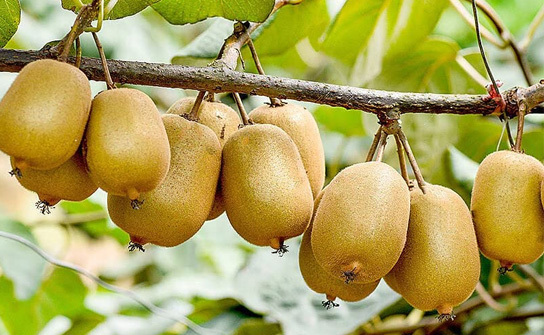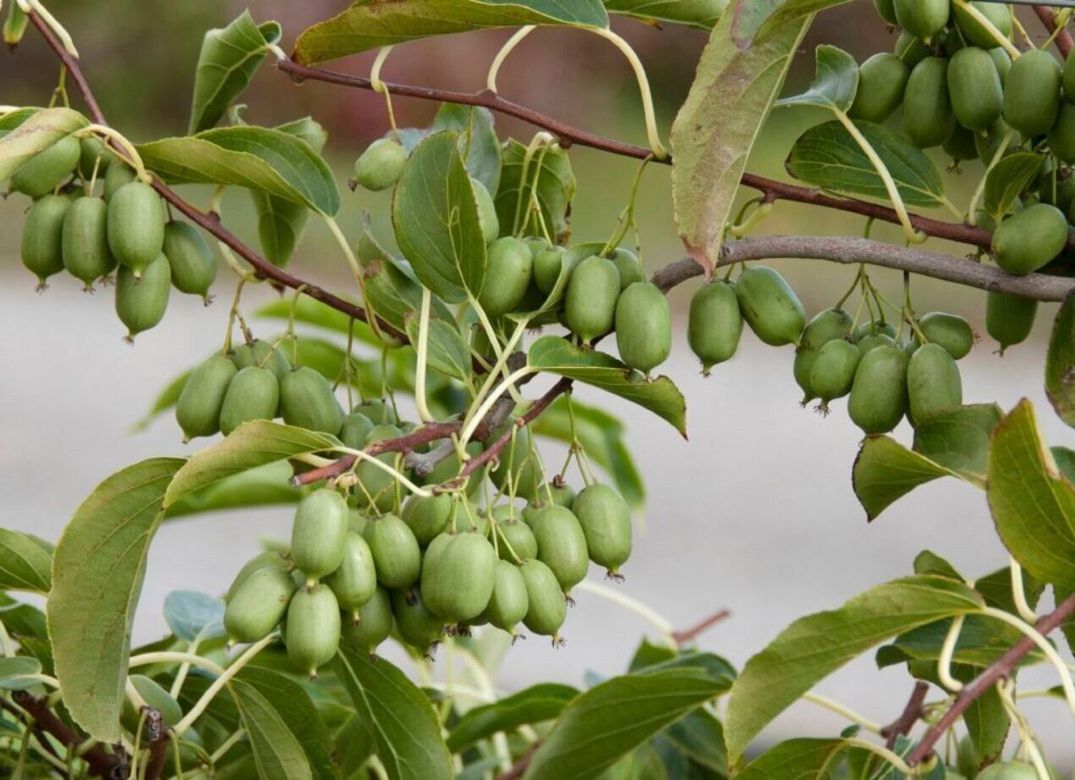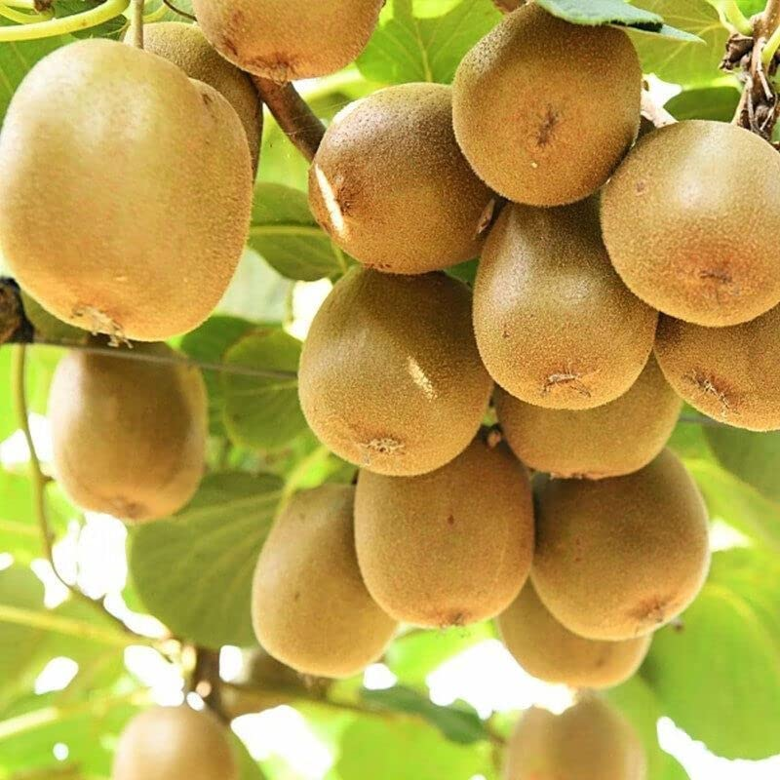 June-15-2023
June-15-2023
View: 3

Golden kiwi plants are typically dioecious, meaning they have separate male and female plants.
Golden kiwi, also known as yellow kiwi, has gained popularity in recent years as a delicious and nutritious fruit option. Due to its growing demand, many people have started planting golden kiwi at their farms. Cultivating golden kiwi requires specific considerations to ensure optimal growth and fruit production.
To begin, selecting the right location for planting golden kiwi is crucial. These fruits thrive in areas with mild temperatures and ample sunlight. They prefer well-drained soil that is rich in organic matter. Before planting, it is advisable to conduct a soil test to assess its fertility and pH level. Golden kiwi plants generally require a pH level between 5.5 and 7.0 for optimal growth.

Once the location is chosen, it is essential to prepare the soil adequately. This involves removing any weeds, rocks, or debris that may hinder plant growth. It is also beneficial to incorporate organic matter such as compost or well-rotted manure into the soil to enhance its nutrient content and improve drainage.
When it comes to planting golden kiwi, it is important to provide adequate support for the vines to climb. These plants are vigorous climbers and require sturdy trellises or fences to support their growth. The trellises should be positioned in a way that allows the vines to receive maximum sunlight and air circulation.
Golden kiwi plants are typically dioecious, meaning they have separate male and female plants. To ensure proper pollination and fruit set, it is necessary to have both male and female plants in close proximity. Male plants produce the pollen required for pollination, while female plants bear the fruit. The ratio of male to female plants should be around 1:6 to 1:8 for optimal fruit production.
Once the plants are established, regular care and maintenance are essential for their health and productivity. Adequate irrigation is crucial, especially during the fruiting season, to ensure proper fruit development and prevent water stress. Mulching around the base of the plants helps conserve soil moisture and suppress weed growth.
Pruning is another crucial aspect of golden kiwi plant care. It is typically done during the dormant season to remove dead or damaged wood and maintain the desired shape and size of the plant. Pruning also helps improve air circulation, reducing the risk of disease.

Pest and disease management should not be overlooked when cultivating golden kiwi. Common pests that may affect these plants include aphids, spider mites, and thrips. Regular monitoring and early intervention, such as using organic insecticides or biological control methods, can help manage pest populations effectively. Disease prevention measures, such as proper sanitation, regular inspection, and the use of fungicides when necessary, are important for maintaining plant health.
As the golden kiwi plants mature and start bearing fruit, it is important to harvest them at the right stage of ripeness. The fruit should be firm but yield slightly to gentle pressure. Harvesting too early or too late can affect the taste and texture of the fruit.
In conclusion, growing golden kiwi at a farm requires careful consideration of factors such as location, soil preparation, support structures, pollination, irrigation, pruning, pest and disease management, and proper harvesting techniques. With the right cultivation practices, farmers can enjoy a bountiful harvest of juicy and flavorful golden kiwis, offering both nutritional benefits and culinary delight.